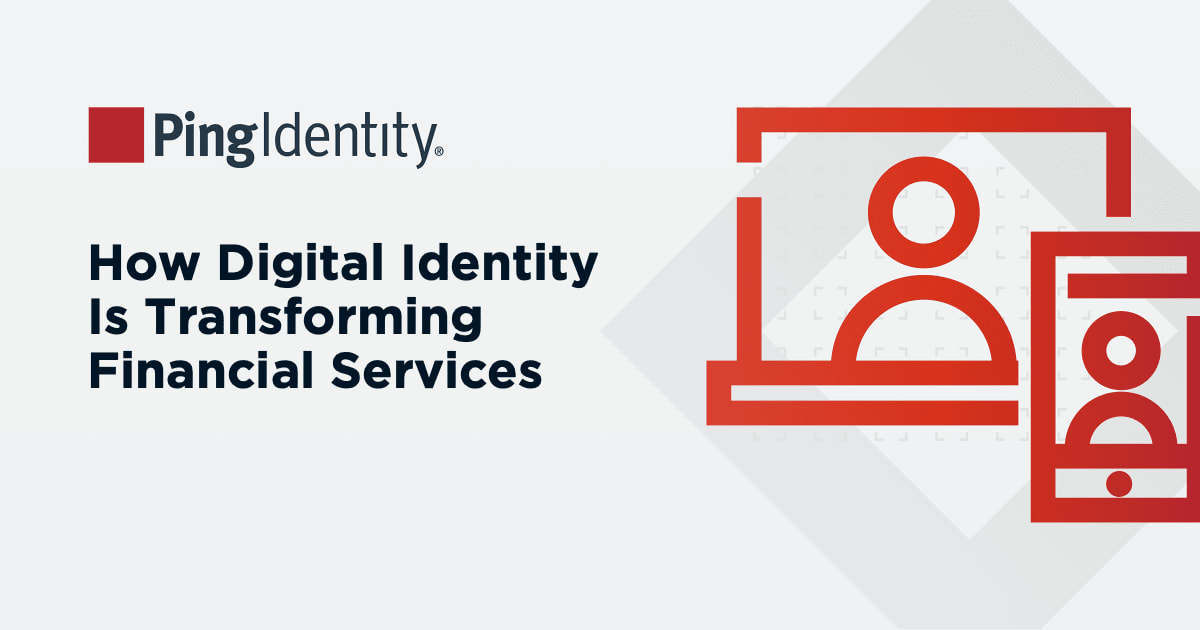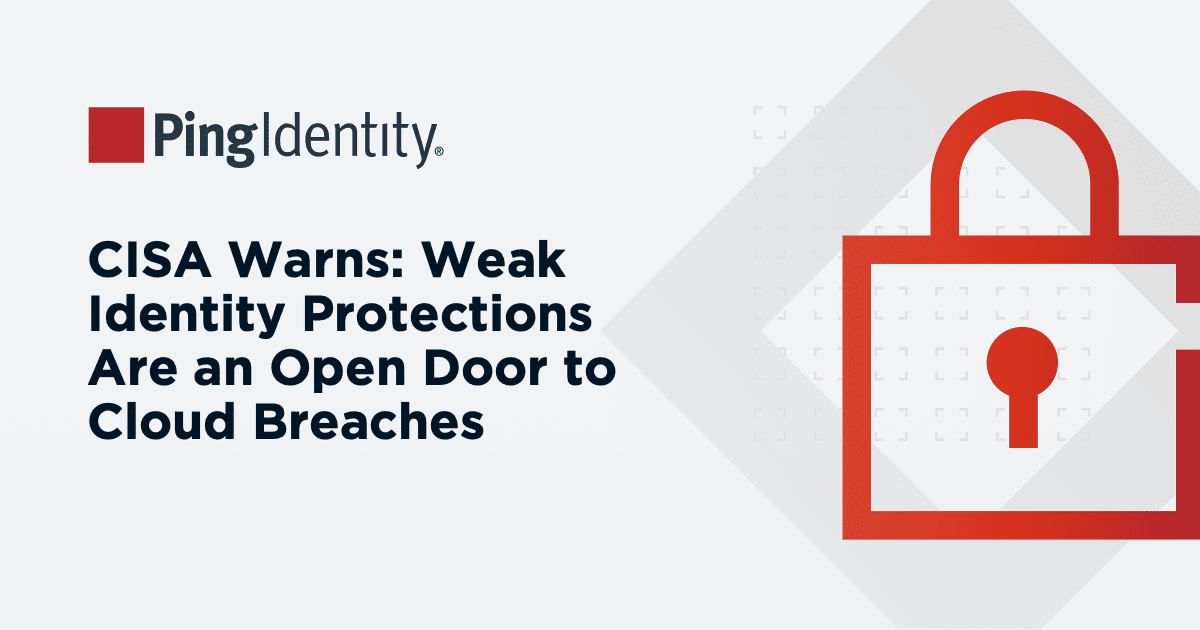The use of biometrics is revolutionizing how organizations handle security. While security is the most common application, there are many other use cases. In healthcare, smart wearable devices use biometrics for health monitoring. Some applications add artificial intelligence (AI) to detect unauthorized activities. Below are seven ways biometrics are supporting digital organizations:
1. Increased accuracy for automated systems
Automated biometric identification systems (ABIS) compare recorded biometrics with a massive database. In healthcare, ABIS helps identify patients before delivering care, ensuring the right treatment is given. Biometrics make it harder to replicate identities than traditional methods like passwords, reducing identity fraud.
2. Faster and more secure transactions
Biometrics make digital transactions more secure by removing compromised credentials. It also eliminates the need for users to remember passwords or enter authentication codes. This reduces "security fatigue" and streamlines authentication processes, ultimately enhancing security by adopting passwordless methods like facial recognition or fingerprint scans.
3. Integration with other technologies
Biometrics are being integrated into the Internet of Things (IoT) ecosystem, ensuring secure access and data sharing across connected devices. For example, in healthcare, a pacemaker can share data with a doctor, while biometrics secure these sensitive communications, ensuring only authorized individuals can access the data.
4. Sustained authentication processes
Biometrics offer long-term security because they use "inherence" factors (something we are) that rarely change, unlike passwords, which are "knowledge" factors that can be stolen or cracked. This makes biometrics more secure and sustainable for long-term identity verification.
5. Automated time and attendance tracking
Biometrics allow for automatic employee attendance tracking, eliminating the risk of "buddy punching" (when one employee logs in for another). This ensures accurate attendance logs and reduces user errors in time tracking, improving employee management and operational efficiency.
6. Streamlined payments and transactions
Payment processing now leverages biometrics, allowing customers to use a fingerprint or facial scan for checkout instead of a credit card. This not only speeds up transactions but also enhances security by eliminating the need for potentially stolen payment details.
7. Increased employee productivity
Reducing security fatigue through biometrics enhances employee productivity. Employees can access resources quickly without going through tedious authentication processes, allowing them to focus on their tasks rather than resetting passwords or dealing with lockouts.
From faster, more secure transactions to automated attendance tracking, biometrics are shaping the future of digital identity and security. This market is poised to continue growing, further streamlining and securing the digital experience for organizations, employees, and customers alike.


